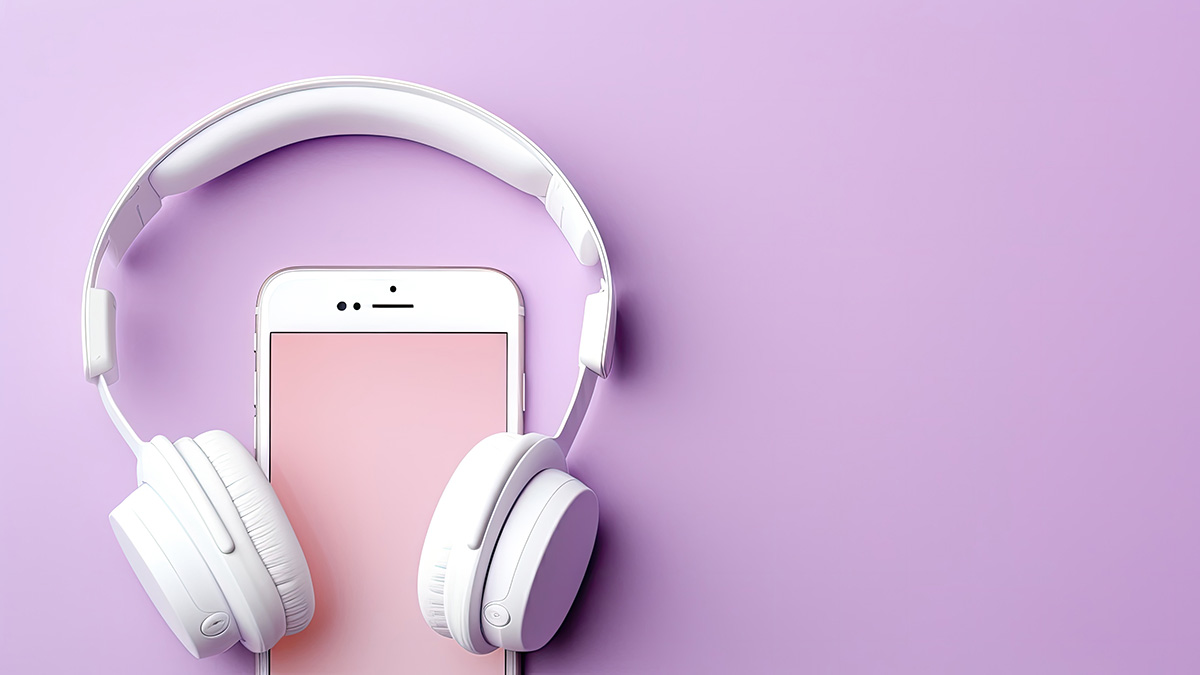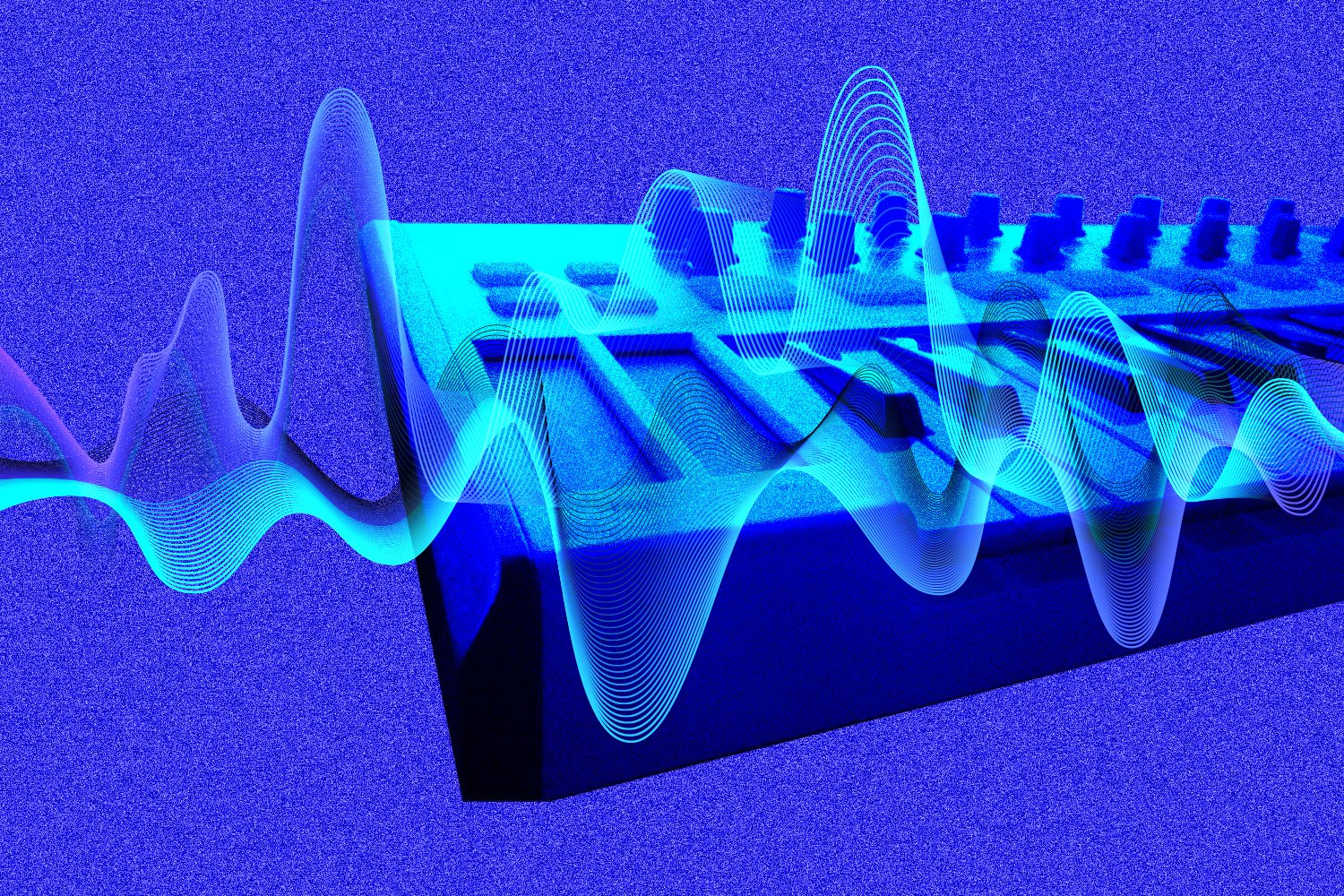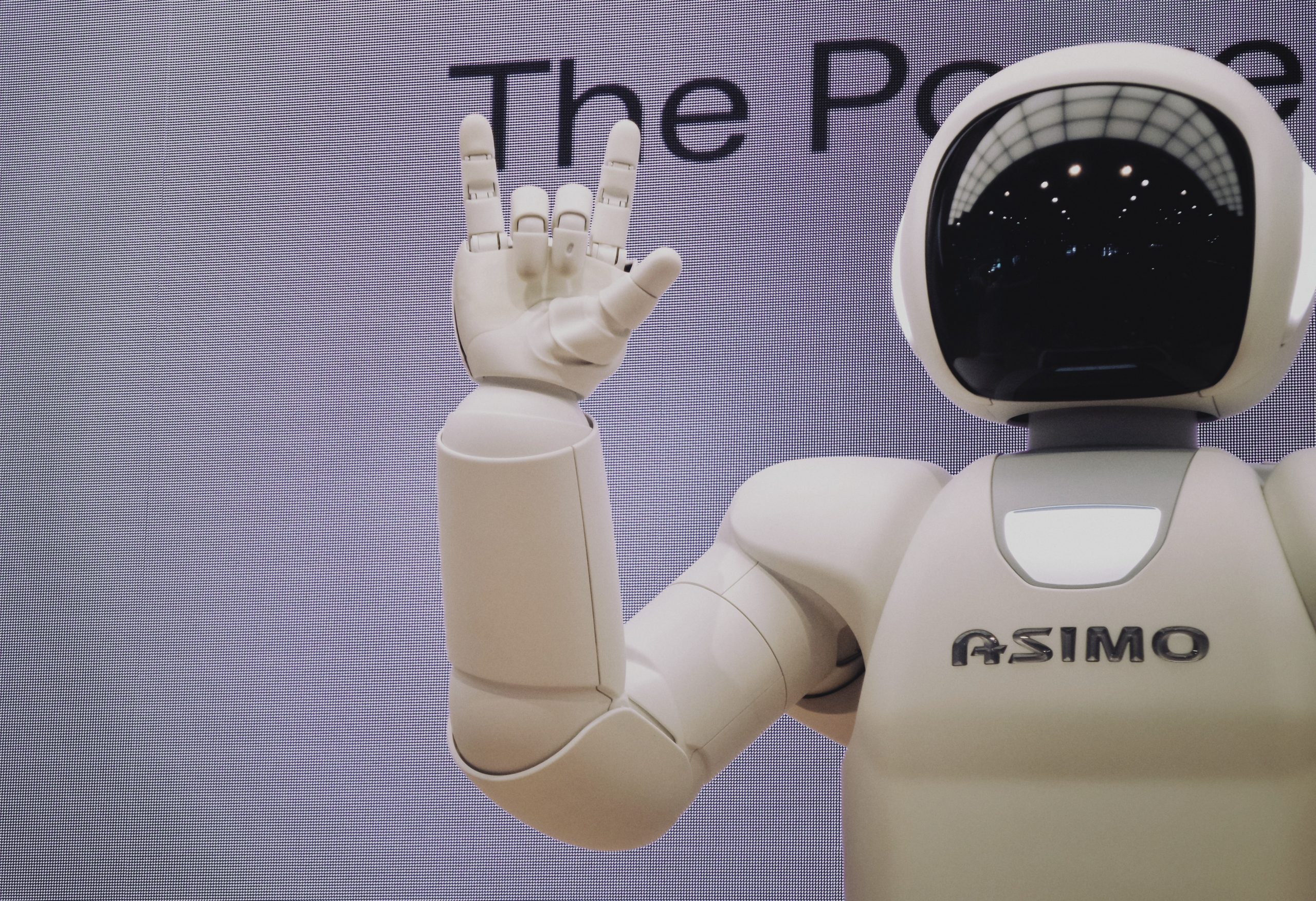Music Streaming Payouts: How Much Do Artists Actually Make From Streaming in 2024?
Last updated: 29 July 2024
According to ex-Design Ethicist at Google Tristan Harris, “We all live in a city called the attention economy.'” Digital service providers, a.k.a. music streaming service, thrive on the attention economy. While they enable artists to reach global audiences without touring or direct advertising, these platforms often make headlines for their payouts.
But how do streaming payouts work? And how much do artists actually make from streaming in 2024?
Music streaming payouts: The Basics
Platforms such as Spotify, Tidal, Apple Music, Amazon Music and Deezer don’t have a fixed “pay-per-stream” rate. Instead, there are a variety of different streaming payouts systems . The rate depends on variables such as:
- The listener’s country/territory
- Whether the listener uses the freemium, ad-supported version or the paid (subscribed for) version
- Whether it’s a boosted stream (like Spotify’s Discovery mode)
- Distributor/label’s negotiated rate
- Pricing/currency/inflation in each territory
A tonne of industry players have tried to calculate the exact figures, which in most cases, remain unclear. According to a 2021 Forbes articles, “for 1 million plays of a song, artists receive roughly the following payouts from these streaming services: Amazon Music $5,000; Apple Music $5,000-$5,500; Google Play $12,000; Pandora $1,400; YouTube $1,700.” And Spotify? Roughly $3000-$6000 (4.5 cents per stream). There are also a couple of streaming royalty calculators that can help you gauge how much money you’re going to make from streaming.
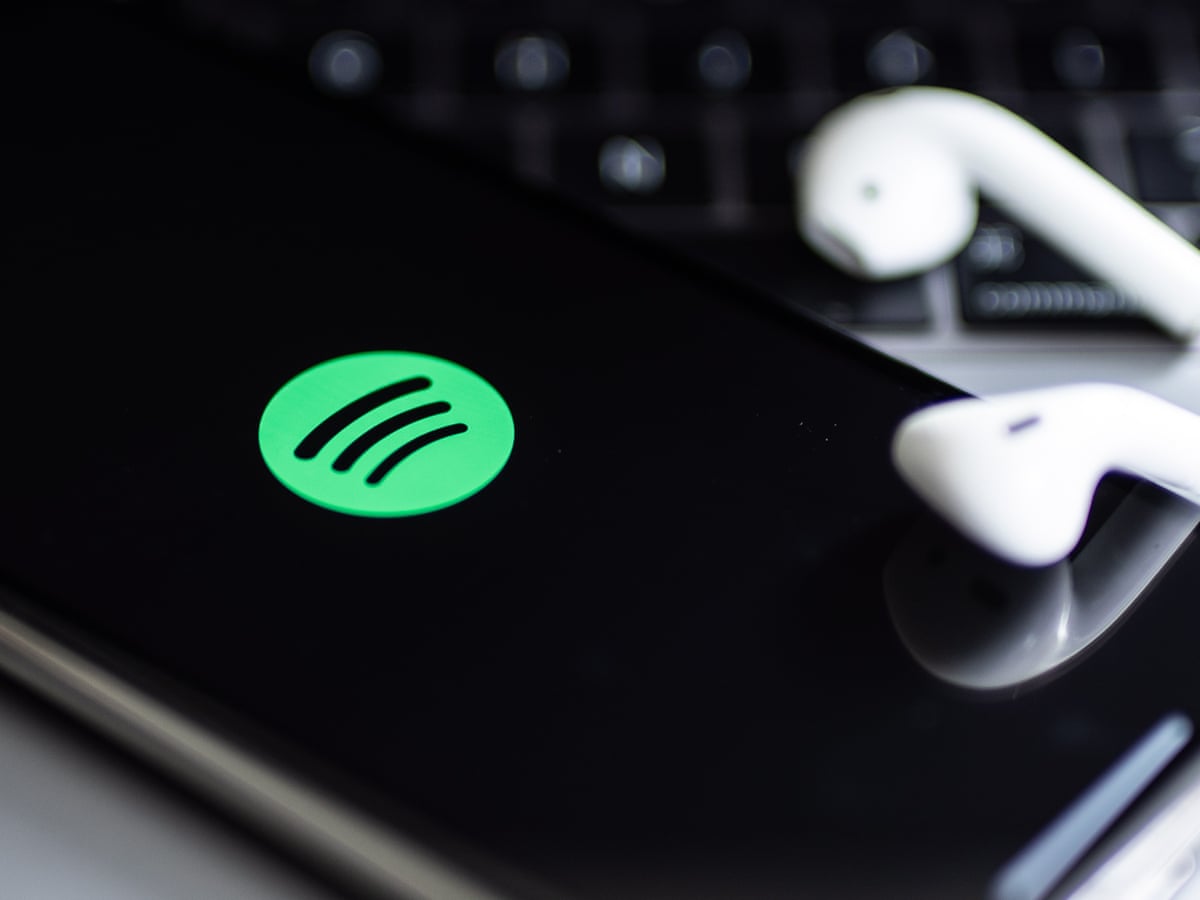
Dissecting these variables
Both Spotify and Apple Music value a US stream more than a stream coming from, say, India. This is mostly because a user in the US pays more for their subscription than a user in India. When it comes to the free, ad-supported version, advertisers pay more for a Spotify US placement than a Spotify India one.
Moreover, the listener’s subscription plan level also changes the rate per stream. E.g. Spotify pays more for a stream from a subscribed listener than a freemium level listener. It’s important to note that Apple Music does not have a free version. Therefore, Apple can pay a higher rate per stream as all users are paid users.
Distributors and labels also affect the pay-per-stream. Due to negotiations with Spotify, certain distributors and labels get more money per stream than others. The Merlin network, which includes distro services such as CD Baby, DistroKid and AWAL as well as labels like SubPop and Mad Decent, has bargained for the same rate for all the distributors and labels in its network. However, this doesn’t mean that each distro service and label in its network has opted-in for these deals. This is why certain labels/distro services, even within the same network, have a higher pay rate than others.
Pro-rata versus user-centric models
When it comes to the streaming payout debacle, there are two main schools of thought: the pro-rata model versus the user-centric model. The former is the one that most major streaming services employ. It essentially pools all the subscription and advertising revenue generated, and distributes it to artists based on the total number of streams each artist receives.
In this model, the streaming services calculate a per-stream rate by dividing the total revenue by the total numbers of streams. Each artist is then paid according to the number of streams they’ve managed to accumulate, multiplied by the per stream rate. As a result, the more streams an artist accumulates, the higher their payout.
On the other hand, the user-centric payout model, distributes subscription revenue based on each individual user’s listening habits. In this case, each user’s subscription fee is divided among the artists they listen to, as opposed to the pro-rata model, which pools everything together.
In 2021, Soundcloud became the first streaming service to embrace the user-centric model. According to Soundcloud, “On average, independent artists earn 60% more through Fan-Powered Royalties compared to the traditional pro-rata model”. Deezer implemented some elements of both models with its so-called “artist-centric model”, taking a more middle-ground approach.
How much does Spotify pay per stream?
On average, Spotify pays between $0.003 – $0.005 per stream, with a revenue split of 70/30. 70% goes to the artists or rights holders (meaning publishers, songwriters, labels etc), with the rest going to Spotify. Towards the end of 2023, Spotify rolled out some big changes that significantly changed the streaming payout landscape.
From 2024 onwards, there’s a 1000 stream threshold for each track before it starts to generate royalties. This simply means the track must reach at least 1000 streams in the previous 12 months for the artist/rights holder to receive any royalties from that track. Song streams are also updated whenever a user listens to a track for more than 30 seconds.
Despite this 30-second threshold, Spotify CEO Daniel Ek refuted claims that people can game the system by uploading 30-second tracks, saying: “If that were true, my own playlist would just be ‘Daniel’s 30-second Jam’ on repeat! But seriously, that’s not quite how our royalty system works.”
Moreover, any noise recordings (nature sounds, machine sounds, sound effects) need to be longer than two minutes in length to generate royalties. Spotify also confirmed that noise streams are worth less in royalty value than music streams.
Another thing worth mentioning is Spotify’s Discovery Mode. It’s essentially a promotional tool that gives you an algorithmic boost, helping you reach new fans through algorithmic playlists. Unlike typical ads campaigns, this tool doesn’t require any upfront payment. However, Spotify will take a 30% commission on the royalties generated by those tracks.
How much does Apple Music pay per stream?
Apple pays around $0.01 per stream. This figure is only an estimate, as it varies by subscription plan, country or region. Apple also confirmed it doesn’t pay a lower royalty rate in exchange for featuring artists on its editorial playlists and guaranteed that it pays the same headline rate (52%) to everyone, irrespective of whether the artist is independent or signed to a major label.
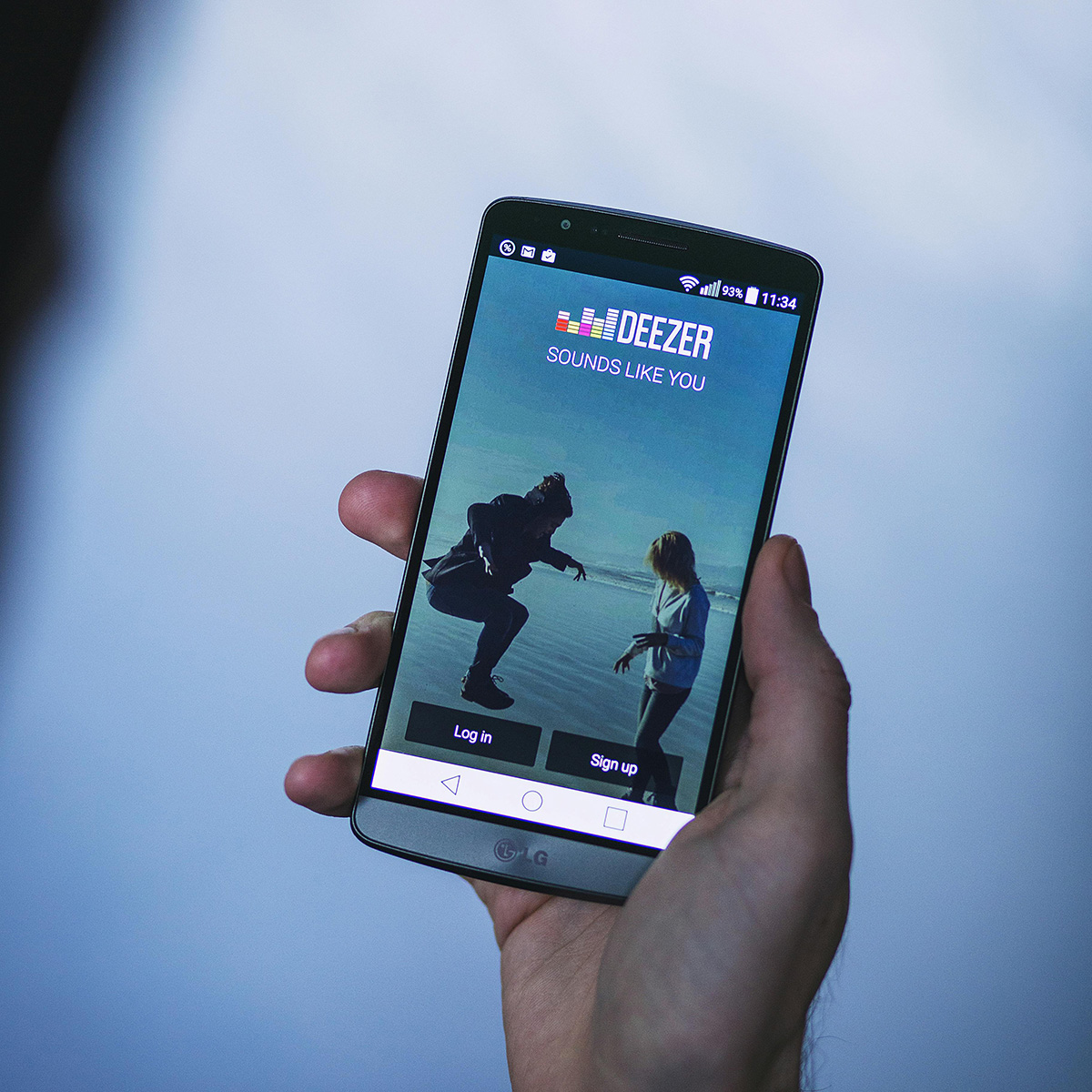
Deezer’s Artist-Centric Payment System (ACPS)
In 2023, Deezer introduced its Artist-Centric Payment System (ACPS). According to this model, artists are paid according to how their music is listened to by fans.
In an official statement, Deezer states: “Artists directly benefit from boosts when their songs are actively searched for by fans or are discovered on Deezer playlists (not suggested by an algorithm). And any artist with more than 1000 listens per month, by at least 500 unique listeners, receives a boost (one stream = two). Artists can receive these boosts in combination, making them worth four times the value of non-boosted streams.”
Moreover, Deezer mentioned the creation of a “money pool” from the subscriptions of all its users. “This pool is then divided and distributed to the artists (via their distributors) based on how many times their music is streamed by users. Each user is counted as a maximum of 1000 streams per month in this calculation (on average, a user streams 600 times).” According to Deezer, the 1000 stream cap is intended to discourage streaming fraud. When it comes to noise recordings, Deezer has eliminated this type of audio from its catalogue and replaced it with its own non-royalty-generating content.
The growing importance of trigger cities
In the last couple of years, the concept of trigger cities has gained traction. The increasing globalisation of the music industry, as well as the growing importance of the Global South and the East in breaking artists, have shifted Western artists’ gaze to these previously-“ignored” areas.
Trigger cities refer to those cities around the world with high music consumption rates, coupled with low advertising rates. According to Chartmetric, some of the world’s top trigger cities include Mexico City (Mexico), Lima (Peru), Bogotá (Colombia), Santiago (Chile) and Jakarta (Indonesia)
The algorithm in these areas works in favour of artists, as it helps them to grow their global audience. By targeting these cities and audiences, your fan base and streaming numbers will grow faster than if you target audiences in Western hubs such as New York or London.
Before investing money in any of these cities, it’s important to devise a good strategy. Research which cities and audiences tend to favour your particular style of music, and focus on them. E.g. if you’re a rock band, target Mexico City rather than Jakarta, as the latter is more pop, hip-hop and electronica-oriented.
Final notes
When taking all of these factors into consideration, we can conclude that all streams are equal, but some are more equal than others. That said, artists need to consider other factors instead of cutting DSPs out completely.
If we compare to the pre-DSP era, 1 million streams on an album was actually equivalent to (approximately) 1000 album sales, which wouldn’t make an artist a star. With more and more artists are reaching 1 million streams, many are using these numbers and insights in their favour by actually targeting certain geographical areas and making the most of these statistics when approaching industry professionals.
Furthermore, by bypassing the expenses that are associated with physical releases, independent artists can actually reach more people at a fraction of the cost. 1.5 million premium streams on Spotify on an album that’s released independently is approximately $5,700 in terms of 1000 physical album sales, which isn’t a lot, especially if you need to recoup expenses. Therefore, if you’re an independent artist, DSP streaming often works out in your favour, as there are no label or publisher cuts in the mix.
By thinking outside the box, artists can reach the global audience available at their fingertips. Sure, trigger cities’ audiences may not have a high pay-per-stream rate. However, by gaining a large audience in these burgeoning global cities, you’re ensuring an explosion in streaming numbers, leading to increased attention from global industry tastemakers.
In addition, by creating a unique strategy for each DSP, artists can diversify their audiences and benefit from the different features that each streaming service offers. By using them as launchpads, artists can build a long-term fan strategy that reflects the demands of the modern music industry.
Hero image credits: Huseyn Naghiyev



